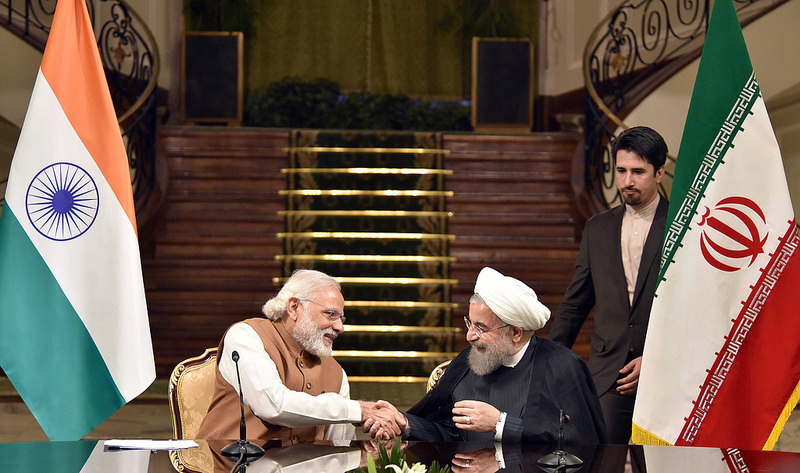
The Chabahar port deal has the potential to alter the “great game” in Afghanistan for good.
By Siddhartha Srivastava
The historic pact between India and Iran recently to build Chabahar port in Iran has the potential to alter the dynamics of “The Great Game” for good. The pact, which will kick off a transport-and-trade corridor linking India to Afghanistan via Iran, dramatically adds new players to the game, constructs a compelling economic dimension, and has the potential for a new security paradigm to bring about a geopolitical shift in the region. If implemented successfully, “The Great Game” in Afghanistan may be bright for future generations.
For all the participants, the economic rewards of this pact are huge. The development of Chabahar port and the connecting transport-and-trade corridor has the potential to unlock the untapped energy and mineral riches of Iran, Afghanistan, and Central Asia for export toward India, one of the largest and fastest growing economies in the world.
For India, a fast growing economy presents an insatiable need for energy and raw materials. The Chabahar pact ends the country’s economic isolation from Central Asia, opening access that has been choked by an unfriendly Pakistan since 1947. In the long run, India’s connectivity could expand to Russia and Europe, adding further economic vibrancy to the India-Iran-Afghanistan arc.
Iran needs no introduction as an energy supplier. What is momentous is that Iran is also emerging as the gateway between Central Asia and India and furthermore an Indian manufacturing hub by creating a junction of cheap energy and Afghan raw materials for Indian markets.
Impoverished Afghanistan is a mineral rich country. The U.S. Geological Survey has verified previous Soviet finds. Afghanistan may hold 60 million tons of copper, 2.2 billion tons of iron ore, and 1.4 million tons of rare earth elements such as lanthanum, cerium and neodymium, in addition to aluminum, gold, silver, zinc, mercury, and lithium. Rare earth deposits in Helmand province alone are valued at $89 billion. Total Afghan mineral wealth is estimated between $1 to 3 trillion, according to the U.S. Geological Survey. Such mineral deposits have remained untapped due to the lack of connectivity to a major economy, among other factors. No more, with new connectivity to India. Afghanistan might be able to jump-start the engine of modern economic growth and move beyond poppy cultivation. Also, a successful corridor further enforces Afghanistan as a transit route for oil and natural gas exports from Central Asia to the Arabian Sea. The resources generated from mining, the export of raw materials and later finished commodities like iron and aluminum could have a transformational impact on Afghanistan’s economy, society, and politics.
This potential will not be realized without ensuring peace and security, particularly in Afghanistan. This is the graveyard of empires. The British and the Soviets have tasted bitter defeats; Americans are the latest to fail. Why should India and Iran succeed? The intertwined answers lie in economics, connectivity, and resulting security.
The British, Soviet, and American campaigns were military interventions of occupation, with little in direct economic benefit for Afghanistan. The Chabahar corridor is not an intervention. This corridor unleashes economic opportunities that did not exist in the past and it offers Afghanistan the most tangible prospect to build a modern economy. The past governments in Kabul were weakened due to lack of an internal tax base and the resulting dependence on foreign aid reduced them to puppets. The tax generated from mining and mineral exports could facilitate a resourceful and strong government in Kabul that can assert authority across the country. The job creation from modern economic activity would create a society with vested interests in economics and peace. This potentially offers a sustainable model that had been absent in the past superpower-led ventures in Afghanistan.
In the worst case, should Afghanistan still descend into unfortunate factionalism and warfare, similar to that witnessed following the Soviet withdrawal, there nevertheless will be greater opportunities than in the past. In the past, the Northern Alliance held on to a sliver of territory with Indian help against the Taliban onslaught, becoming the basis for the ground defeat of the Taliban during the American offensive. In the future, India and Iran, with land connectivity, will be able to play a far bigger role by supporting democratic or modern factions. Mineral wealth will reduce the cost of such support. The model can be similar to the one West has employed in keeping the oil-rich Middle East peaceful and prosperous.
The Indian road to Afghanistan leads through Iran; in event of internal chaos in Afghanistan, India and Iran will be required to collaborate closely in bringing about peace. This makes the two countries with civilizational links the newest strategic partners in The Great Game, with a direct stake in long-term peace and prosperity.
The undeclared but principal paradigm-breaking impact of this deal is on Pakistan. India, Iran, and Afghanistan constitute over 95 percent of Pakistan’s territorial borders. A pact of such magnitude among Pakistan’s bordering states, aimed at excluding Pakistan, is an enormous indictment of Pakistan’s policies with its neighbors and a sharp reminder of its isolation in the region. But Pakistani losses extend beyond the symbolic to the tangible. The advantage Pakistan enjoyed due to its geography has been minimized and will perhaps be eliminated over time.
First, with the envisioned trade corridor, Iran usurps the all the economic fruits that fittingly belong to Pakistan as the natural transit route between India, Afghanistan, and Central Asia. As Indian supply chains mature via Iran, Pakistan — lacking in energy, raw materials or other major economic incentives — will find it hard to claw its way back to the center stage.
Second, Pakistan loses its stranglehold over the land-locked Afghanistan. After the Soviet withdrawal, Pakistan managed near absolute control over Afghanistan through Taliban proxies. As the U.S. Afghan campaign unfolded, Pakistani leverage continued due to supply lines passing through Karachi port. This resulted in billions in American aid to Pakistan, despite duplicity and subterfuge. This leverage over Afghanistan, built due to Pakistan’s monopoly on land routes to Afghanistan, will be a thing of the past. Connectivity introduces new players to the game: India and Iran. Afghans secure a second lifeline, this one also laced with economic booty. Pakistan will lose hegemony in Afghanistan. In the long run this could be an enduring blow to the Pakistani idea of seeking strategic depth in Afghanistan.
Finally, compared to Chabahar, the alternative China–Pakistan Economic Corridor looks lop-sided. This corridor links the backward and restive Chinese west, the autonomous Xinjiang region and autonomous Tibet region, to the Pakistani port of Gwadar in the equally restive Balochistan province. The question this corridor faces is who will benefit? The convincing logic of connecting energy sources and raw materials to big and hungry markets is obviously absent. Why build across thousands of kilometers of inhospitable Himalayas, through restive and disputed territories, when Xinjiang and Tibet can be connected to much closer ports through Southeast Asia or Kolkata?
The answer conceivably is that the corridor is about connecting the Pakistani market to the emerging manufacturing base in Tibet and Xinjiang. Gwadar port, on the other hand, would serve as a resting base for the Chinese navy, guarding the Chinese energy lanes running from the Middle East. There can be no doubt that Pakistan has shunned regional connectivity at a price.
India, Iran, and Afghanistan need to be commended on the farsightedness of this pact. However the challenges remain; without security in Afghanistan this deal becomes hollow. The Afghan government’s future is not yet secured. As the United States disengages, the clock of Afghanistan’s descent will start ticking. Direct economic benefits to Afghanistan can delay and reverse the slide down this chaotic incline. Speed will be of the essence; this is a race against time. The corridor’s development, and tickling of economic benefits, will take time. On top of that, India and Iran as old civilizations can boast of byzantine bureaucracies. The alacrity displayed toward finalizing this pact soon after the dismantling of UN sanctions on Iran will be needed again and again. Continued political determination will be vital to seize the opportunity and open a novel and refreshing chapter in the Great Game.
Siddhartha Srivastava is a Strategy Consultant based in Cleveland, USA. He has two decades of experience in senior positions in mutilation corporations and an MBA from INSEAD, France.
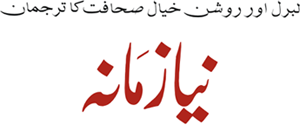


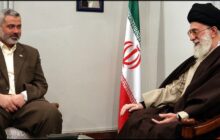









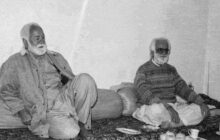



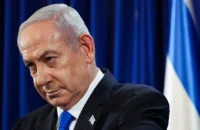




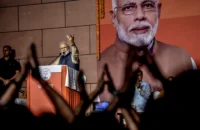




One Comment